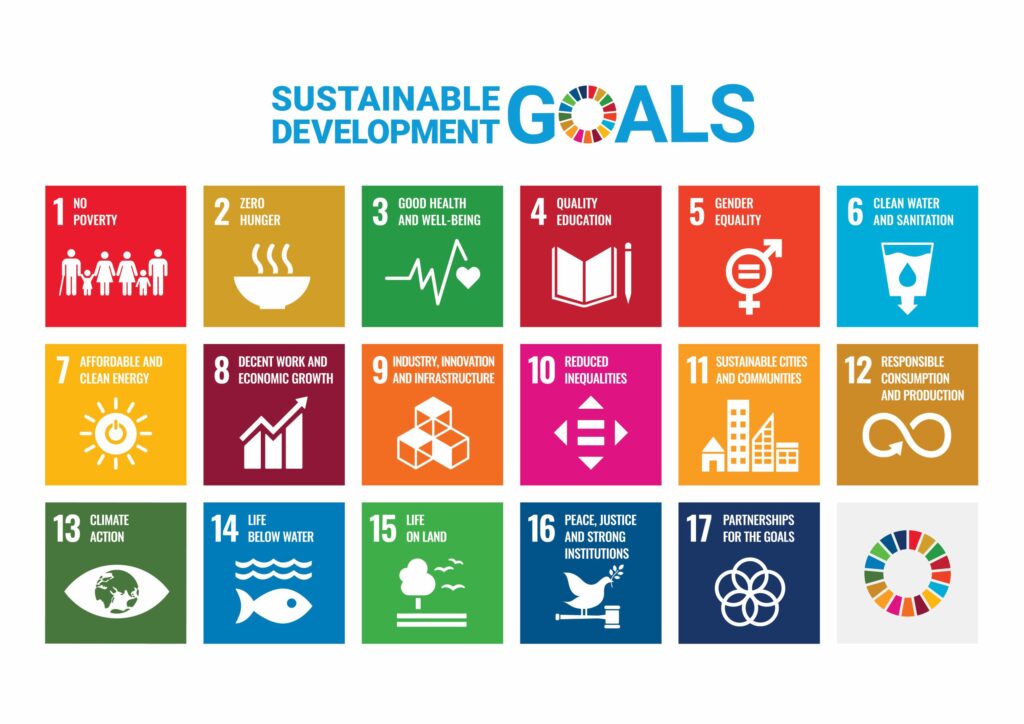Effect of duo-culture on the first feeding transition success and growth performance for black sea trout (Salmo trutta labrax, pallas, 1811) with rainbow trout (Oncorhynchus mykiss, walbaum, 1792)
DOI:
https://doi.org/10.5281/zenodo.6498054Abstract
In this study, Black Sea trout (Salmo trutta labrax, Pallas, 1811) and Rainbow trout (Oncorhynchus mykiss, Walbaum 1792) were reared in mono and duo-culture groups. Duo-culture groups were designed to include changing numbers of individuals for each species to assess the effect of dominance. The effect of the culture strategy on growth and survival rates during the feeding transition period was compared. The growth performance of mono and duo-culture groups were found similar whereas the survival rates of the groups differed significantly. The survival rate of the duo-culture group with the 75/25 stock density for two species was found lower when compared with monoculture groups and groups of 50/50 stock density. The feed conversion ratio (FCR) for all groups was similar.
References
Başçınar, N., Atasaral Şahin, Ş., & Kocabaş, M. (2009). Tank Koşullarında İkili Yetiştiriciliğin Kaynak Alabalığı (Salvelinus fontinalis Mitchill, 1814) ve Karadeniz Alabalığı (Salmo trutta labrax Pallas, 1811)’nın Büyüme Performansı Üzerine Etkisi. Kafkas Universitesi Veteriner Fakultesi Dergisi, 16, 249–254. https://doi.org/10.9775/kvfd.2010.1711
Chikafumbwa F.J.K.T., Costa-Pierce B.A., Jamu D.M., Kadon- golaW.K. & Balarin J.D. (1993). Investigations on the use of on-farmresources as pond inputs to culture Tilapia rendalli and Oreochromis shiranus on smallholder farms in rural Malawi. Aquaculture, (117), 261-271. https://doi.org/10.1016/0044-8486(93)90324-R.
Çelikkale, M.S. (2002). İçcu Balıkları ve Yetiştiriciliği. Cilt 1, 3.Baskı, Karadeniz Teknik Üniversitesi iMatbaası, Genel Yayın No: 124, Fakülte Yayın No: 2, Trabzon.
Holm, J.C. (1989). Mono- and duoculture of juvenile Atlantic salmon (Salmo salar) and Arctic char (Salvelinus alpinus). Can J Fish Aquat Sci, 46:697–704.
Janssen, K., Chavanne, H., Berentsen, P., & Komen, H. (2016). Impact of selective breeding on European aquaculture. https://doi.org/10.1016/j.aquaculture.2016.03.012.
Jobling, M., E. H. Jørgensen, and S. I. Siikavuopio. (1993). The influence of previous feeding regime on the compensatory growth response of matur- ing and immature Arctic Charr, Salvelinus alpinus. Journal of Fish Biology, 43:409-419. https://doi.org/10.1111/j.1095-8649.1993.tb00576.x.
Karakatsouli, N., Papafotiou, P., & Papoutsoglou, S. E. (2006). Mono- and duoculture of juvenile sharpsnout seabream Diplodus puntazzo (Cetti) and gilthead seabream Sparus aurata L. in a recirculated water system. Aquaculture Research, 37(16), 1654–1661. https://doi.org/10.1111/j.1365-2109.2006.01612.x.
Khan, R. I., & Hossain, A. (2018). Performances of wild sourced Indian major carps and hatchery produced exotic carps under different stocking combinations in polyculture ponds, International Journal of Fisheries and Aquatic Studies 6(4), 463–467.
Mims S.D. & Clark J.A. (1991). Overwintering paddlefish in monoculture and in polyculture with channel catfish and rainbow trout. Journal of Applied Aquaculture (1), 95-102. https://doi.org/10.1300/J028v01n01_08.
Nortvedt, R. & Holm J.C. (1991). Atlantic salmon in duoculture with Arctic charr-decreased aggression enhances growth and stocking density potential. Aquaculture 98:355–361.
Okumuş, İ., Kurtoglu, İ.Z. and Atasaral, Ş. (2007). General Overview of Turkish Sea Trout (Salmo trutta) Populations, In: G. Harris, N. Milner (Eds.), Sea Trout: Biology, Conservation and Management, (pp 115-128). Blackwell Publishing Ltd., London.
Pousao P., Machado M. & Cancela da Fonseca L. (1995). Marine pond culture in southern Portugal: present status and future perspectives. Cahiers Options Mediterranneennes (16), 21-30.
Papoutsoglou S.E., Miliou H., Karakatsouli N.P., Tzitzinakis M. & Chadio S. (2001). Growth and physiological changes in scaled carp and blue tilapia under behavioral stress in mono- and polyculture rearing using a recirculatedwater system. Aquaculture International (9), 509-518. https://doi.org/10.1023/A:102050681.
Siddiqui A.Q., Alnajada A.R. & Alhinty H.M. (1993). Growth, survival, and production of hybrid tilapia, common carp, and sharptooth catfish in mono- and polyculture systems during winter in central Saudi Arabia. Progressive Fish Culturist (55), 57-59. hhttps://doi.org/10.1577/1548-8640(1993)055<0057:GSAPOH>2.3.CO;2.
Skalski, G. T., Picha, M. E., Gilliam, J. F., & Borski, R. J. (2005). Mechanisms Published by : Ecological Society of America Variable Intake , Compensatory Growth , And Increased Growth Effıcıency In Fısh : Models And Mechanısms. Ecology, 86(6), 1452-1462. https://doi.org/10.1890/04-0896.
Teichert-Coddington D.R. (1996). Efect of stocking ratio on semi-intensive polyculture of Colossoma macropomum and Oreochromis niloticus in Honduras, Central America. Aquaculture (143), 291-302. https://doi.org/10.1016/0044-8486(96)01271-9.
TUİK (2021). Alıntılanma adresi: http://www.tuik.gov.tr/PreTablo.do?alt_id=1005 (14.04.2021)
Downloads
Published
How to Cite
Issue
Section
License

This work is licensed under a Creative Commons Attribution-NonCommercial 4.0 International License.






